David Clift
FirstEDA

David Clift
FirstEDA
Well, it’s been a strange few weeks hasn’t it?
—
One of the great features of Aldec’s Active-HDL is that it is very easy to get productive using its user-friendly IDE.
Whilst the tool is easy to use, it is a very powerful but complex piece of software. If you are anything like me, if you can productively use a piece of software you will rarely read the user manual let alone the release notes that come out every time the product is updated; So this post is some little hints and tips about Active-HDL you might not know about. The first article in this series is on the Active-HDL accelerated waveform display.
1 – Remember Waveform Viewer Signals on simulation re-initialisation
One of the more annoying features of the Active-HDL waveform viewer is that if you have added signals to a waveform viewer and then re-initialise the simulation the traced signals are removed, leaving you to add them once again. You can prevent this behaviour by checking the “Preserve signals when simulation is initialized” checkbox in the Tools Preferences dialogue in the Editors Accelerated Waveform Viewer Behaviour Advance category, as shown below:
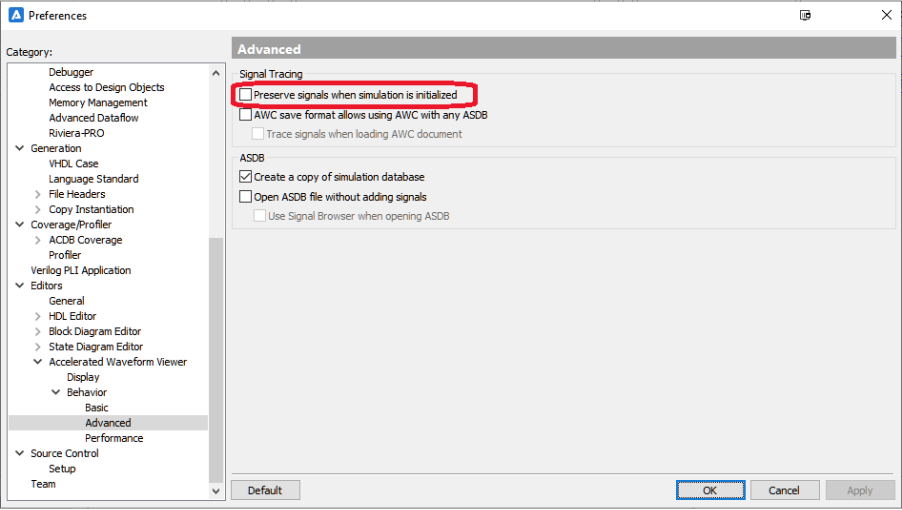
Figure 1-Setting Preserve signals when simulation is initialized in Tools Preferences
2 – Export Waveform Viewer Setup to a Macro
Active-HDL has a full macro language for setting up and running simulation, this includes the waveform display, so you can always write macros to recreate your waveforms because you did not know tip one above. However, why write scripts when Active-HDL will write them for you?
To generate the script go to the Waveform dropdown menu and select Save to Macro, a dialogue will open so you can name the file and then just click Save, and the new waveform macro script will be saved and added to the Design Browser.
3 – Changing the Waveform viewer colour scheme
The colour of displays is a very personal thing, some people like the muted shades that Active-HDL uses by default some prefer higher contrast displays colours. Every element of the Active-HDL GUI is user-configurable and you can set these in ToolsàPreferences EnvironmentàAppearance. However, for the Waveform Viewer, you can import predefined colour setups, Active-HDL is shipped with three settings files in the Dat folder of the Active-HDL installation:
These can be imported by going to Tools Preferences Environment Appearance and selecting Waveform for the Accelerated Waveform Window and clicking Import (See Figure 2):
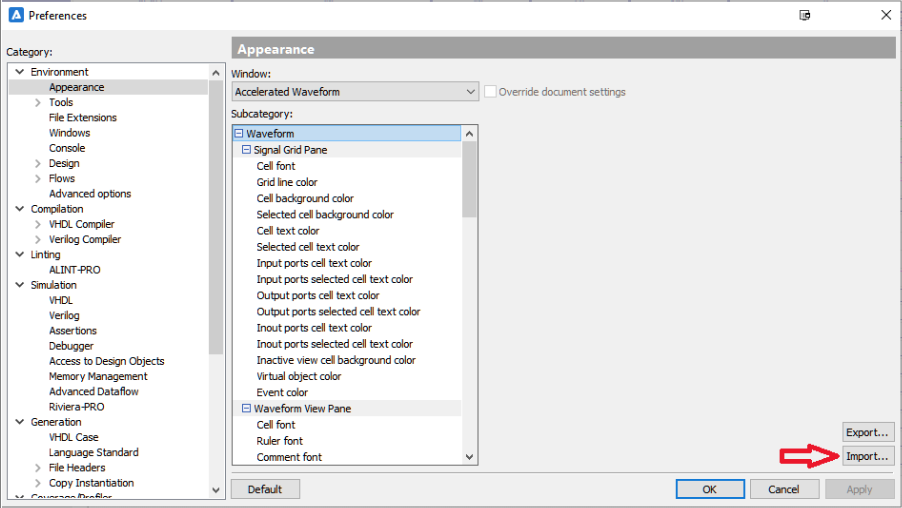
Figure 2-Import Waveform Colour settings in Tools Preferences

Figure 3- Default Colour Setting (asdb_wave_lightgrey_background.app)

Figure 4-Dark Waveform Colours (asdb_wave_black_background.app)

Figure 5-Light waveform Colours (asdb_wave_white_background.app)
None of these may be to your taste, but you can edit them and then use the Export button to save them so you can load them into a different version of Active-HDL
4 – Resetting default window positions
Every now and again the locations of the windows in Active-HDL can get lost, strictly speaking, they are not lost but have been made too small to see. This can easily happen to the Signals view in the Structure Browser for example. To reset all the windows back to their default sizes and locations you can use the Active-HDL Preferences Manager (prefman.exe) see Figure 6.
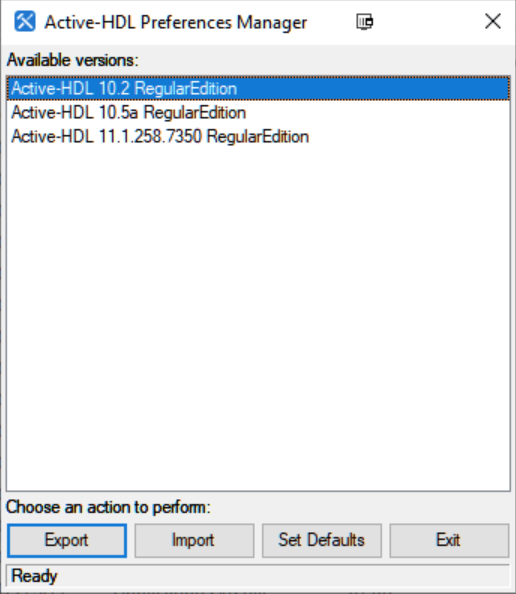
Figure 6-Prefman.exe Dialogue
Prefman.exe can be found in the Bin folder of your Active-HDL installation, as you can see from the screenshot Prefman will list all the versions of Active-HDL you have installed and it’s important that you select the version you want to reset, once you have done that just click Set Defaults.
Now when you reopen Active-HDL all the windows will be back in their default locations and at their default sizes.
You can also use Prefman to export your preferences from one version of Active-HDL and then import them into another. So quite a handy tool to know about.
5 – Mnemonics in waveform viewer
Have you ever been working on a design where specific data values have meanings? For example, the values going into a microcontroller instruction decode circuit? Well, you can do this in Active-HDL. It’s a two-step process first you need to define the values and their mnemonics, this is done using ToolsàSignal Alias Editor, once the dialogue is open add the name of the alias you wish to create in the screenshot the name is 8051_inst (See Figure 7). You can now enter the data values and their mnemonics. The following two screenshots show a waveform display before (Figure 8) and after (Figure 9) turning on the signal alias. To enable the use of the signal alias, open the property sheet for a signal in the waveform viewer(See Figure 10), check the Use Alias box and select the Alias you need. If a suitable alias is not available, then you can access the Alias Editor from here as well.
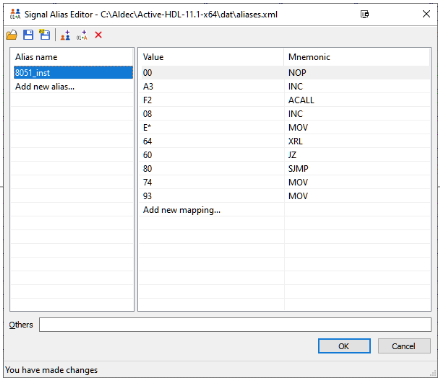
Figure 7-Signal Alias Editor showing 8051_inst Aliases

Figure 8-Waveform Display without Alias applied

Figure 9-Waveform Display with Alias applied
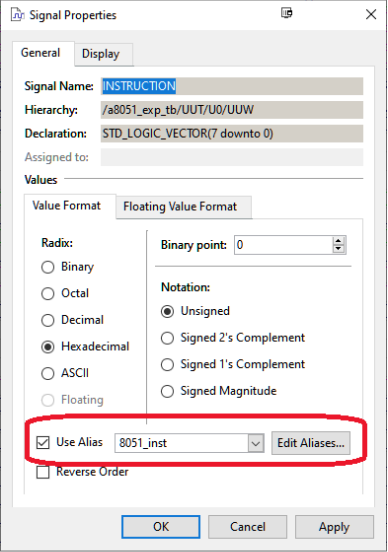
Figure 10-Signal Properties Setting Alias
I hope you found this post interesting, if you have any hints and tips you would like to share why not drop me a line at support@firsteda.com. Until my next post keep well.